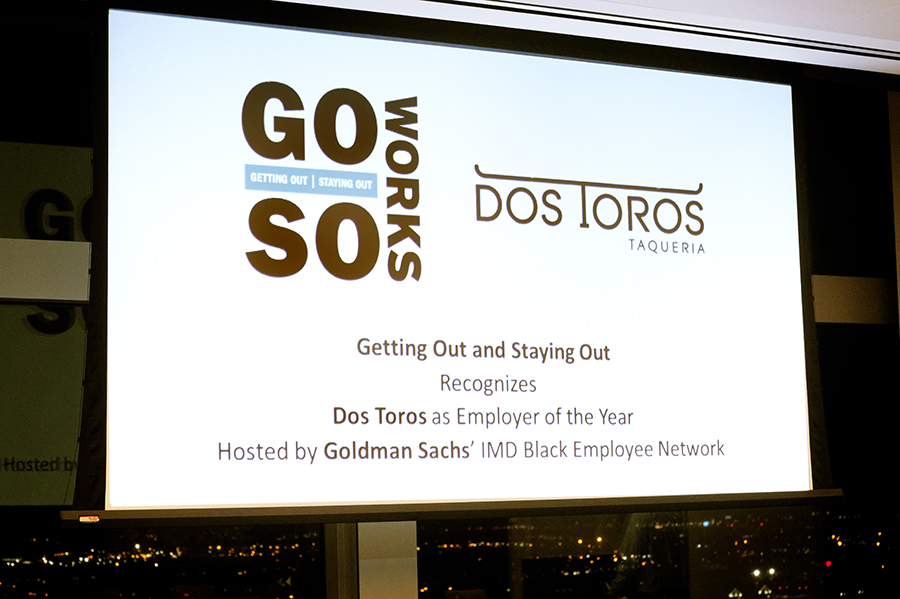Geoffrey Golia – GOSO’s Senior Career Manager and Director of Employment Development/GOSOWorks – spoke yesterday at a Learning Network event for the Work Progress Program (WPP). The Center for Economic Opportunity and the NYC Human Resources Administration partner to support WPP, which is a subsidized wage program meant to complement existing youth services agencies by providing low-income young adults with work experience. The event was geared towards the various agencies and programs around New York City that receive WPP funding and work with youth.

Geoffrey Golia, LCSW, GOSO Senior Career Manager and Director of Employment
GOSOWorks is the employment development program under GOSO that assists eligible participants in their search for short-term and long-term employment through Paid Internships, Internships-to-Employment (I2E) and Direct Employment (DE) programs. Geoffrey and Harmony Richman, his partner on the GOSOWorks team, work to develop and maintain partnerships across the city with employers that provide jobs for GOSO clients.
How does WPP work and how did GOSO get involved with the program?
GG: WPP is a wage subsidy program that funds employment placements for youth in New York City. GOSO sought funding through an RFP (request for proposal) in 2013, and we’ve been receiving awards annually since then. We started with about $40,000 and have increased our funding to approximately $300,000 last fiscal year.
How many opportunities/internships has WPP helped to provide to GOSO clients since it started?
GG: WPP has funded GOSOWorks (our employment program) since April 2013 and 98% of our wage subsidy funding for GOSOWorks comes from WPP. Since then, we have received nearly $750,000 and placed 315 participants in Paid Internship (PI) and Internship-to-Employment (I2E) placements at 70 employer partners around New York City. Currently, 72% of participants placed in I2E placements are hired by their placement site or achieve full-time employment elsewhere.
Next calendar year, based on our current WPP funding, we are looking to place 150 participants in PI and I2E placements.
What are the benefits for employers when they partner with organizations like GOSO who are using WPP?
GG: On its face, it’s free, screened, trained, and motivated labor for employer partners. But if you go deeper, you see that our guys themselves are really hard-working and hungry for the challenge. Also, our program provides on-going support for our participants, including after they complete their placements and are hired.

Dos Toros Taqueria was GOSOWorks’ Employer of the Year in 2016 since they helped to employ at least 7 young men in their restaurants that year as part of GOSOWorks.
What do you think makes the GOSOWorks model unique?
GG: Using the funding as a wage subsidy through our internship-to-employment (I2E) program is unique, as most WPP sites fund paid internships that are not necessarily meant to lead to full-time employment.
At GOSO, our working hypothesis on our success has always identified the holistic, innovative, and therapeutic approach we take with each participant, along with hard- and soft-skills training and access to key resources (like housing, transportation, etc.). That goes for our recidivism rate, educational progress and achievement, and employment development. At GOSOWorks, my colleague, Harmony Richman and I work hard to implement that vision/philosophy while linking up participants with employment opportunities that they want to do, can do, are qualified for, and can get to in a reasonable amount of time.

